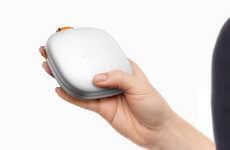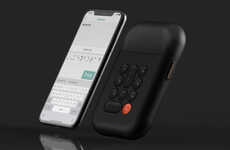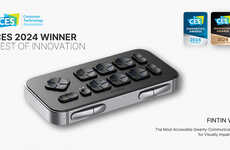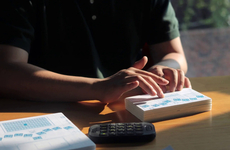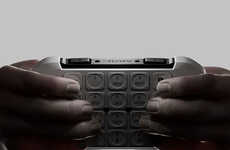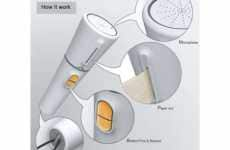
GW Micro VoiceSense
Alex Covert — July 18, 2007 — Tech
What makes this personal digital assistant suitable for the blind? It has a Perkins-style keyboard. This keyboard, designed by David Abrahams in 1951, has 6 keys that represent each of the six dots in the braille code. Any of the characters in the braille code can be produced through pressing different combinations of these six keys. Software on the Voicesense include a word processor, an email application, a media player, MSN Messenger, and others. The PDA has 1GB of memory and is even Bluetooth compatible.
Trend Themes
1. Assistive Technology - The development of digital assistants specifically designed for the visually impaired, represents a key trend for assistive technology.
2. Inclusive Design - The creation of products like the PDA for the blind, which cater to disabled individuals, highlights the need for inclusive design across all industries.
3. Mobile Accessibility - The incorporation of mobile devices in the field of assistive technology, shows opportunities for innovation in mobile accessibility tools.
Industry Implications
1. Technology - The PDA for the blind is a disruptive innovation in assistive technology within the technology industry, which has the potential to expand the market for inclusive products.
2. Healthcare - The development of digital assistants specifically designed for the visually impaired, has the potential to improve accessibility to healthcare services for this group.
3. Education - The use of digital assistants that cater to disabled individuals in an educational context can greatly enhance the learning experience and inclusivity for students with disabilities.
1.1
Score
Popularity
Activity
Freshness


